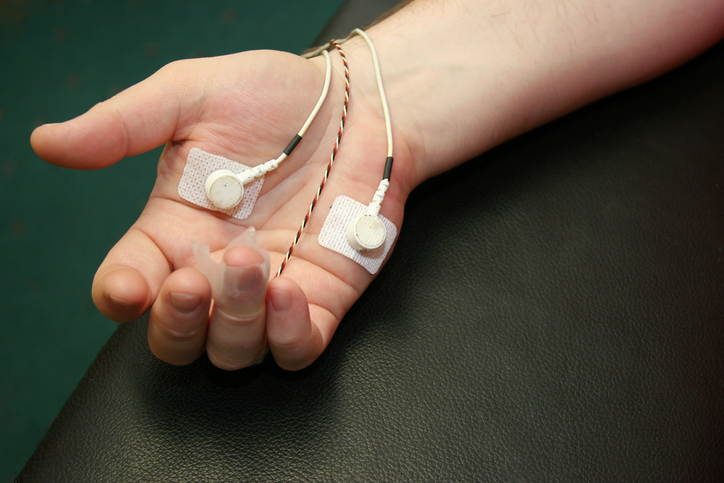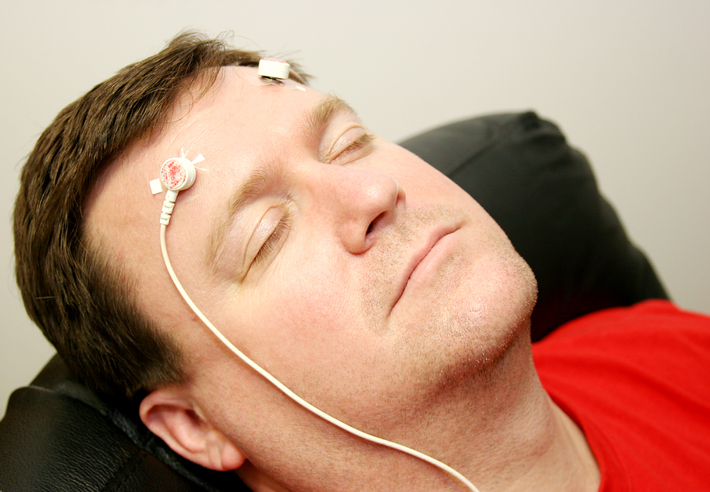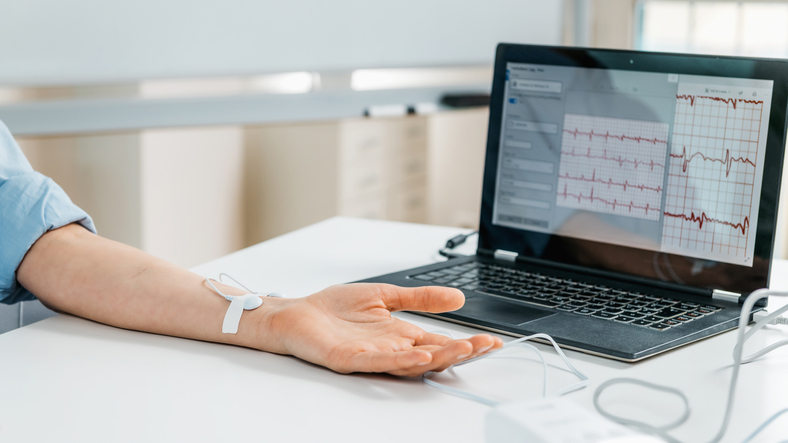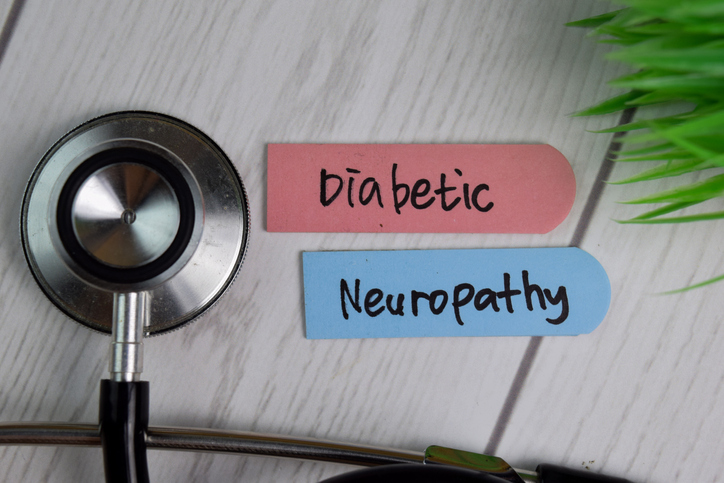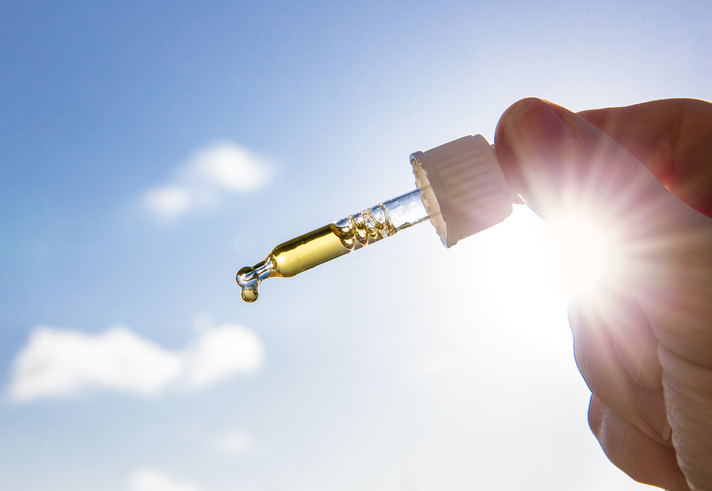Treatments
Biofeedback for Diabetic Neuropathy
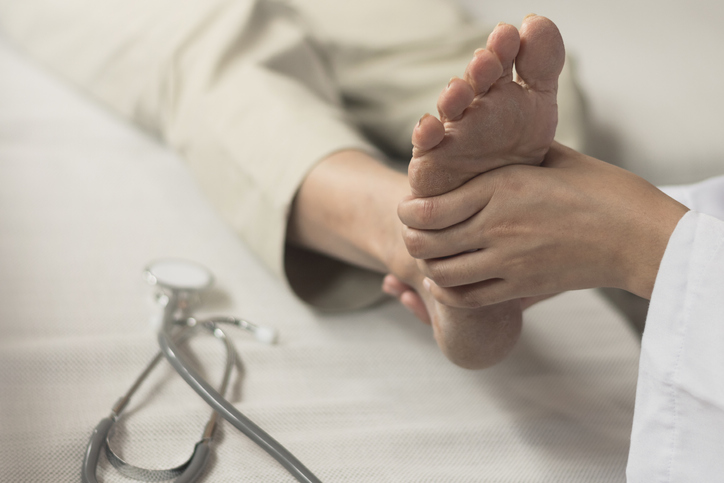
Diabetic neuropathy (nerve pain) is a common complication of diabetes. It most commonly affects the nerves in the feet. Biofeedback is an alternative treatment option that may help reduce the symptoms of diabetic nerve pain.
What is biofeedback?
Biofeedback is a type of therapy that involves the use of technology to monitor involuntary body responses, such as heart rate and perspiration, with the goal of learning to control these responses in order to improve a mental or physical health condition.
Biofeedback can help treat chronic neuropathic pain and prevent or help treat diabetes complications, such as foot ulcers.
Biofeedback for neuropathic pain
Biofeedback can be used to help treat chronic pain, including neuropathic pain associated with diabetes. During biofeedback therapy, specialized technology monitors certain involuntary bodily functions, such as heart rate and blood pressure; any problematic physical responses to stressors related to pain are identified. Then, a trained therapist teaches the individual in therapy how to use relaxation techniques and other strategies to control these involuntary responses. As therapy progresses, the individual learns to control the involuntary bodily responses independently, without the need for the technology, with the goal of decreasing chronic neuropathic pain.
Biofeedback to prevent complications in the feet
Nerve damage associated with diabetes can lead to ulcers (open sores), especially on the feet. If ulcers become severe and do not heal properly, amputation of the foot may be necessary.
Biofeedback therapy can help teach an individual to walk in a way that reduces pressure in certain areas of the feet, allowing ulcers to heal and preventing the need for further treatment or amputation. This type of biofeedback uses an in-shoe foot pressure measurement system. The system measures what is known as the peak plantar pressure (PPP).
During a biofeedback session to help treat or prevent complications in the feet caused by diabetic neuropathy, biofeedback equipment is used to monitor foot pressure as the individual walks with their usual gait. Feedback is then provided regarding the PPP in the problematic area of the foot. Then, a trained therapist teaches the individual a new walking strategy that reduces pressure on the ulcer. The individual practices the new gait and progress is monitored until the PPP decreases to an acceptable level. They can then implement the new walking strategy without the use of biofeedback technology in order to help heal the ulcer and prevent further complications.
Biofeedback is generally a safe alternative treatment option for diabetic neuropathy; it can help reduce chronic neuropathic pain and promote healing of ulcers on the feet.
